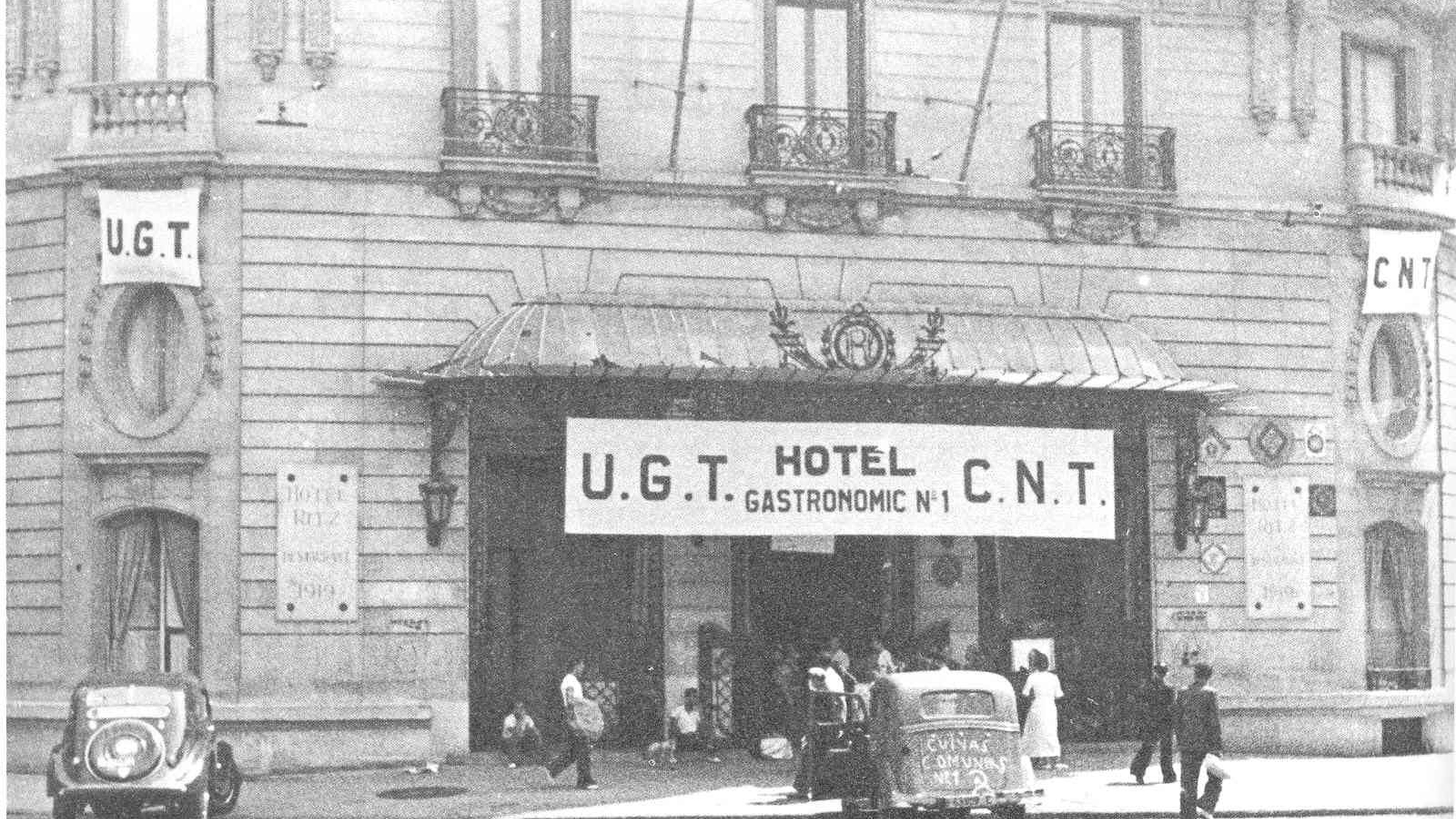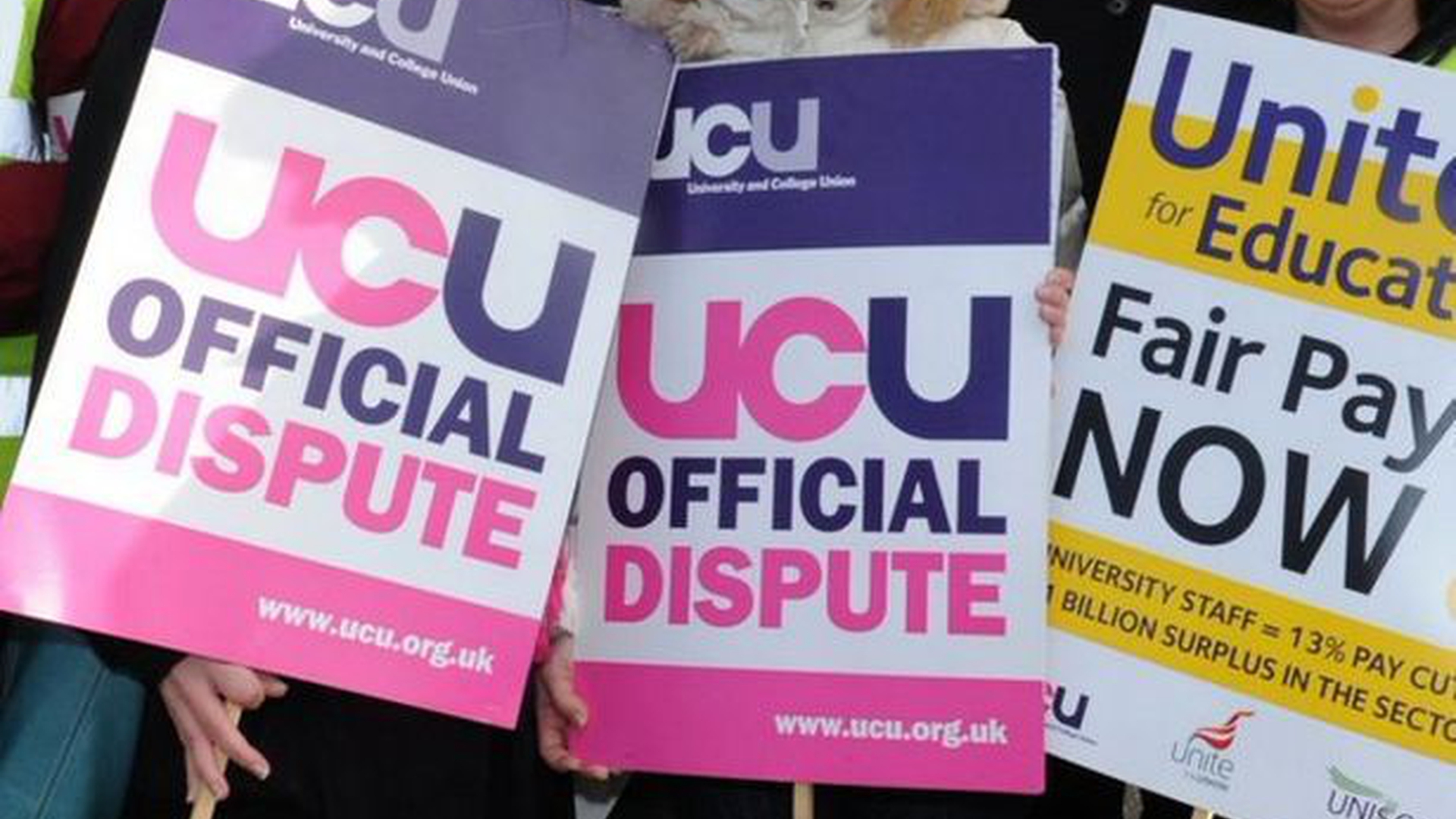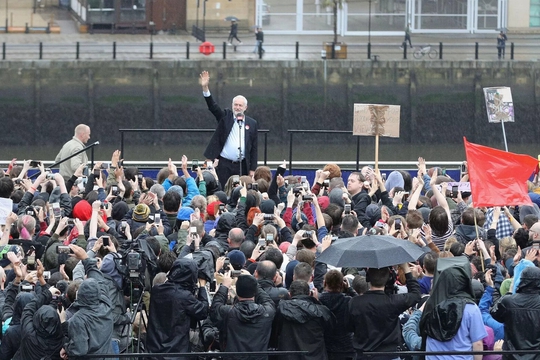Factories, Fields and Firearms: A Brief History of the CNT with Chris Ealham
by
Jessica Thorne (@th0rnenotes),
Chris Ealham
August 16, 2018
Featured in The Worker and The Union (#3)
From the start, the CNT was thrust into a pretty violent set of industrial relations

theory
Factories, Fields and Firearms: A Brief History of the CNT with Chris Ealham
From the start, the CNT was thrust into a pretty violent set of industrial relations
What follows below is a brief history of the the Confederación Nacional del Trabajo (CNT), a revolutionary syndicalist union active in Spain. This interview was conducted by Jessica Thorne with Chris Ealham. Chris is a historian and author of Anarchism and the City: Revolution and Counter-Revolution in Barcelona, 1898-1937 (2010) and Living Anarchism: Jose Peirats and the Spanish Anarcho-syndicalist Movement (2015). It is hoped by both the interviewer and interviewee that this will provide readers with a useful introduction to an important history of combative, member-led unionism.
Briefly, how did the CNT come into existence?
It was created in Barcelona in 1910 – the city had seen general strikes in 1902 and 1909 and there was a perceived need for a new and more extensive form of class organisation. A clue to the future priorities of the CNT can be found in these two general strikes: the 1st aimed at securing the 9 hour working day, while the 2nd was an anti-war mobilisation, against the draft, the burden of which fell on the workers. The CNT would always combine its basic trade union functions with a concern for the wider political needs of the community of workers.
Although the CNT is often perceived as an “anarchist” or “anarcho-syndicalist” organisation, it was created primarily as a fighting union, a combative force that was designed to attain short-term gains and yet, at the same, would be a vehicle for revolutionary change. If we were to put a label on the CNT at birth, it would be most accurate to call it revolutionary syndicalist - it was established by a varied group of anarchists, republicans, socialists, anarcho-syndicalists. I think this synergy was vital to its early strength – it could appeal to workers and the exploited beyond their specific political positions.
From the start, the CNT was thrust into a pretty violent set of industrial relations. Historically, the Catalan employers had repressed and rejected even moderate unions, so the CNT opted for direct action methods from the very start – there was a widespread feeling among workers that nothing could be gained through self-restraint.
What material conditions in Spain was it responding to?
Spanish workers were among the poorest in Europe and the subsistence capitalist economy was in near-permanent malaise. Spain had lost its Empire when other European powers were building theirs and there was nothing like the labour aristocracy that existed in England and Germany, where a minority of better off workers might even get to buy a house.
The CNT was, to a large degree, the union of the dispossessed, but also of the regularly employed. Yet the overwhelming bulk of the Spanish working class eked out an existence within a rickety-rackety capitalist economy. With millions of workers struggling to survive with the little they had, the CNT was a beacon of hope, the only chance for gaining self-respect in a vicious and hostile world.
The early CNT was very much a Barcelona-based union, as Barcelona was the industrial capital of the Spanish state. It was quickly repressed, only to re-emerge with a vengeance – as part of the European revolutionary crisis at the end of World War I. It then became a statewide union, its main poles of strength being in the industrial north – Catalonia – and the rural south – Andalusia – where it organised the despairing landless labourers. These day labourers were unemployed for most of the year, only finding work during the sowing and harvest seasons and had a long history of insurgency and rebellion. But the CNT also organised workers in the most advanced sectors of the industrial economy, from the railways across to the chemical and telecommunication industries. Eric Hobsbawm’s claim that Spanish anarchism was “primitive rebellion” couldn’t be wider off the mark.
How was the CNT organised?
The CNT’s structure varied over time. At birth, it inherited the craft union style organisation but in 1918 it switched to big unions (sindicatos únicos or ‘single unions’), which were established in each industry in any given locality. This had the effect of radicalising many unions. For instance, in the Print Union, the typographers, who were more skilled and better paid, although not necessarily always more conservative, were now outnumbered by less skilled groups from within the same industrial sector, such as the binders and the unskilled workers who bundled up the newspapers for distribution.
CNT strategists had a keen eye for adapting union structures to the changing economic and political landscapes. This didn’t always run smoothly. In the early 1930s, in the light of increased economic concentration, anarcho-syndicalists attempted to replace the ‘single unions’ with statewide industrial federations. This met with the stubborn opposition of anarchists, some of whom were hostile to syndicalism per se. As a result, the new federations were only really established in a couple of industries and the anarchists pushed for the expulsion of so-called “moderate” anarcho-syndicalists. This was very debilitating. Obviously, nobody could’ve predicted that the Spanish civil war and the revolution that accompanied it were 5 years away. But when they came, the CNT’s organisation had been severely weakened due to the split and, on an organisational level, it was poorly placed to respond to the challenges of the new situation. Ironically, even some radical anarchists now recognised the folly of not establishing the industrial federations as the CNT was now glaringly lacking when it came to having a structure and organisation capable of spearheading far-reaching economic change.
And what made it unique from other unions at the time?
We could be here all day discussing this! But I’d pick on three key features, to be brief as possible, although not that brief because the CNT was a really unique force. The first was the inclusiveness of the union. CNT organisers had a very inclusive and elastic understanding of class. In effect, they wanted to organise beyond the classic factory proletariat. So, they looked to what they considered were the dispossessed in general. They even organised in jails and attracted what the socialists would consider “delinquents” or gang members. They were ready to channel the energies of social groups that more moderate unions saw as unorganisable, groups that they feared as “dark” or “dangerous” “lumpen” individuals. But the CNT wanted to express the hopes and aspirations of the marginalised like, for instance, migrant workers, street traders or casual, itinerant workers. And these sectors were a radicalising force inside the CNT – they confirmed the old adage that people with nothing have nothing to lose.
The second thing that really set the CNT apart was the revolutionary culture that it disseminated among its membership. This is central to the Spanish revolution of 1936-37, a revolution that surpassed Russia in 1917 in terms of the popular intervention of the masses. There are lots of myths about the Spanish Revolution. Some mistakenly believe the CNT overthrew the state. It didn’t. The democratic state collapsed in the face of a military coup, and then came civil war. But when the state collapsed, CNT activists spontaneously – without any instructions from above – took over their workplaces and fields and collectivised industry and agriculture in what was the biggest experiment in workers’ self-management in the history of the western world. Other unions were far intent on controlling their members - they were bureaucratised, top-down entities, whereas the CNT put a huge emphasis on self-activity.
The final area was culture in general. The CNT was at the core of a proletarian public sphere. It funded athenaeum and Rationalist Schools designed to enlighten workers and their children who had little formal education – in part this was because the state provided limited education, in part as the children of workers were forced into the workplace at 8 or 9 years of age. So the CNT gave culture and literacy to many thousands of workers and it became a cultural reference point with its publications, its magazines and its books. This was so much the case that when the CNT went into exile during the Franco dictatorship, with all the censorship that implied, the union played a crucial role in maintaining a democratic version of Spanish cultural expression.
How did the rank-and-file of the union comprehend their membership?
As a generalisation, the members saw the CNT primarily as a fighting union, a union that against all the repressive odds could, at times, fight and win. It was, again generalising, a union of poor workers. There was a sense of class pride within the union. The union promoted this and it was very important for members to feel and experience this camaraderie of being part of a class that lived from its own labour.
A tremendous strength of the CNT was that it was a union of workers and the militants and leaders were invariably workers, which meant they had direct experience of exploitation and were able to explain working class problems to potential and actual union members using language that was comprehensible to everyone.
Was it limited to fighting workplace exploitation or did it also have a political component?
This is also a complex area. Obviously class struggle and fighting workplace exploitation are political. But most of the rank-and-file were in the CNT because they wanted to mobilise around “bread-and-butter” issues. Often, the CNT had a politically diverse base and this was reflected among its mid-level militants. Problems arose with later attempts either to “purify” the CNT or make it more anarchist and this inevitably ended in splits and expulsions, first of communists and then of anarcho-syndicalists. For me, this was a political error and it reduced the CNT’s appeal to the broader community of workers. Most workers wanted to be in the CNT not because of the politics of the leaders but due to its ability to fight for everyday demands. The shame was that the CNT was a powerhouse in 1931-2 – with over a million members – but by 1936, with the start of the civil war and the revolution, it had about half that figure. It’s true that membership then soared again above the million mark but this was due to compulsory unionisation during the war.
In Notes from Below we’ve been trying to interrogate understandings of class through the inquiries we’ve made into the workplace. While we are heavily influenced by the tradition of inquiry taken up by the Italian workerists of the 1960s, we also want to update their analysis to fit the present. Through our work so far, we recognise that their readings tend to privilege resistance in the workplace. The social organisation of workers (i.e state provided services, housing and rent, migration and borders and other issues) is often sidelined. To what extent was the CNT engaged in the lives of workers outside of work?
Although the CNT had revolutionary ends, it was deeply committed to a kind of community unionism in the here and now. It wanted to mobilise workers outside the factories around a range of issues affecting working class life. Indeed, it wanted to be the voice of the working class and it came to achieve this at key moments in its history. Take rent strikes – it organised several important actions. And with the proletarian public sphere I mentioned, it became a central reference point in working class life in many neighbourhoods and towns. For example, before the 1960s in Spain the spectacle and consumerism largely existed only for the middle classes and there was no real capitalised leisure for poor workers. The CNT compensated for this, organising theatre productions, and social activities, such as hiking, as well as libraries and all this helped to dignify working class life and, moreover, cement the relationship between the CNT and its supporters.
The CNT was also in the front line of defending the unemployed, either through fighting to get the jobless brought back into the workplace (such as through boycotts of overtime) or, more practically, by organising shoplifting sprees for the unemployed as a means of helping them get by. There were even cases of armed pickets taking over markets and then distributing the food among the unemployed. In another sense altogether, the CNT also concerned itself with the struggles against tuberculosis, which was a scourge at the time.
In the UK today we are witnessing the emergence of combative, member-led unions. UVW, IWGB and CAIWU are just a few examples. At present these unions are organising mainly with migrant workers on precarious contracts. How did the CNT manage to build up a popular base across multiple industries in the decades leading up to the Civil War? Is their model still useful in the present?
In a sense, I’ve already touched on some of these issues. What I’d add is that the CNT’s militants and organisers were, historically, extremely creative at seeking out the issues around which to mobilise, in identifying social contradictions and in spotting the voiceless and rallying them. I also have a strong sense that the CNT’s organisers were very respected in their communities – they were known as “those with the ideas” and they were selfless. And this made people trust them and be ready to mobilise with them in defence of their rights.
As for the present, that current state of anarcho-syndicalism in Spain isn’t a pretty sight. It is a very divided and fragmented movement. There are at least two CNTs and a further two union federations that claim - with justification - the anarcho-syndicalist tradition. According to the CNT today it has around 50,000 members, although one militant has suggested there are only 10,000 affiliates currently paying dues. The CGT, which emerged from a split in the late 1970s, claims to have 85,000 members.
In Madrid and Barcelona there are important unions of street traders, essentially immigrants from Africa, but these exist outside of organised anarcho-syndicalism. This isn’t an isolated experience. Recently “Las Kellys” have emerged, another independent union that organises precarious hotel workers. It’s also shocking with the economic crisis in Spain, since 2007-08, there’s been no major success in organising the unemployed and this contrasts very unfavourably with the experience of anarcho-syndicalists in the 1930s.
Perhaps more damning still is the experience of the 15-m. The 15-m was heavily conditioned by horizontal traditions of direct democracy and assembly-style decision making. In a setting of political and economic crisis in 2011 there was inevitably widespread rejection of the political elite. This was the biggest opportunity for anarchist and anarcho-syndicalist organisers in Spain since the political and economic crisis of the 1970s. And who came out of this massive political alienation? A new political party - Podemos! Podemos is, in many respects, a Pro Version of the United Left (IU, the old Communist Party), which was, before the 15-m, very jaded and discredited. IU was embedded in the current political system and a few of its members had even been implicated in the odd corruption scandal. Most, if not all, of the Podemos leaders emerged from the youth ranks of IU. Initially, Podemos very capably channelled the energies generated by the 15-m but now it has moved to the right – it’s even in alliance with the IU, which to my mind kind of takes us full circle.
I don’t want to end on a negative note. As one anarchist writer, Tomás Ibáñez, has correctly mentioned: there is a widespread presence in Spanish society of what he calls “extra mural anarchism”, which favours the same direct democracy and assembly democracy of the 15-m. There are also now some noble efforts from people within the fragmented anarcho-syndicalist groups to bring these divided unions together. It’ll be a gradual process and it’ll come up against the hostility of the navel gazers but this is really the only way forward. It’s obviously too late for a more united movement to take advantage of the opportunity offered by the 15-m, but there will be a next time.
Featured in The Worker and The Union (#3)
Subscribe to Notes from Below
Subscribe now to Notes from Below, and get our print issues sent to your front door three times a year. For every subscriber, we’re also able to print a load of free copies to hand out in workplaces, neighbourhoods, prisons and picket lines. Can you subscribe now and support us in spreading Marxist ideas in the workplace?
Read next

Looking Back in Anger: the UCU strikes
by
Sai Englert,
Jamie Woodcock
/
Aug. 30, 2018

